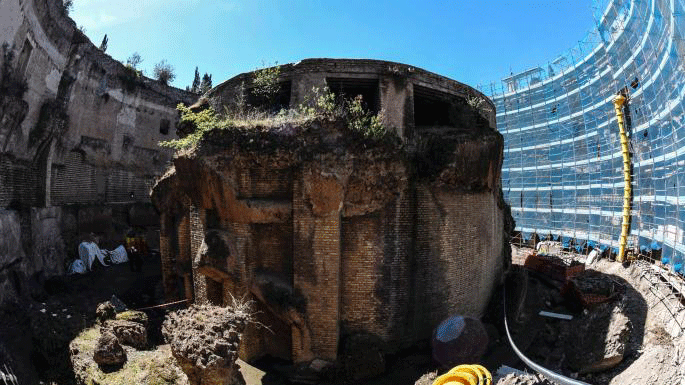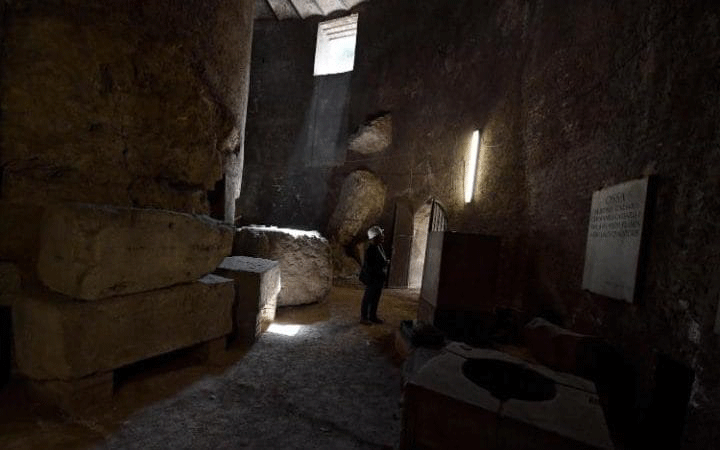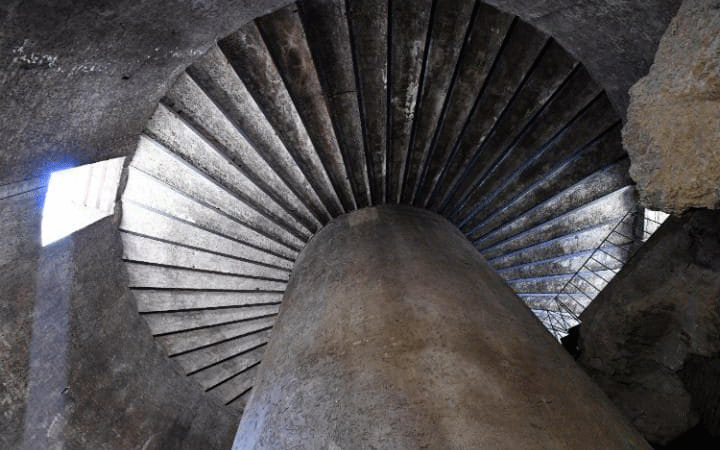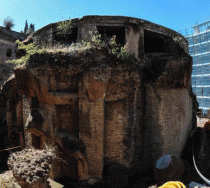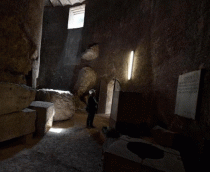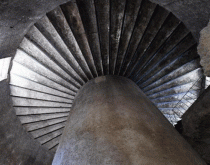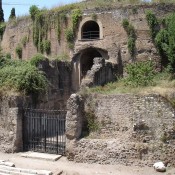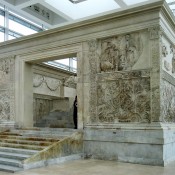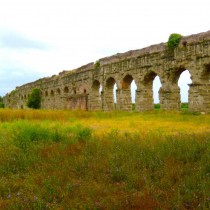The mausoleum of Emperor Augustus in the centre of Rome will be restored and reopen to the public by April 2019. The stone building, which takes up an entire block, is the largest ancient tomb in the world after the pyramids, but for decades it has been neglected and left to be covered by weed.
The mausoleum was built in 28BC and was the habitat of Emperor Augusts cremated remains, which were later joined by other emperors, such as Tiberius, Claudius, Vespasian and Caligula. Later it served as a medieval fort and a renaissance garden, it was used by Florentins expelled by the Medici who sought refuge, and in the 18th century it was used as a bullring, where local buffaloes were used. In 1907 it was turned into a concert hall, very much appreciated by conductors due to its perfect acoustics, after it had been used for firework displays for some time. Mussolini stripped the tomb down to its Roman brickwork demolishing surrounding medieval buildings, to honour Augustus, and planted cypresses which stand to this day above the decrepit building.
Initially, the building consisted of a massive circular chamber covered with a roof, which was topped by pillars and statues. Today only the main structure has survived, but even without the pillars, statues and roof, it remains impressive.
However, after such an extended use through different times, in the past decades the tomb has been closed to the public. Now, a plan for its restoration has finally started, funded partly by the culture ministry and the city of Rome and partly by the Italian phone company TIM. The entire restoration will cost 10 million euros.
Claudio Parisi Presicce, Rome’s archaeology superintendent said that apart from the walls which will be repaired the planned restoration includes potentially a new roof, which will allow for the mausoleum to be used as a museum. Works have already started and archaeologists are excavating areas that had not been studied in the past. So far they have found the remains where the stables for the local buffaloes were located.
The restoration is in line with Augustus’ famous quote: “I found a Rome of bricks; I leave to you one of marble”.
